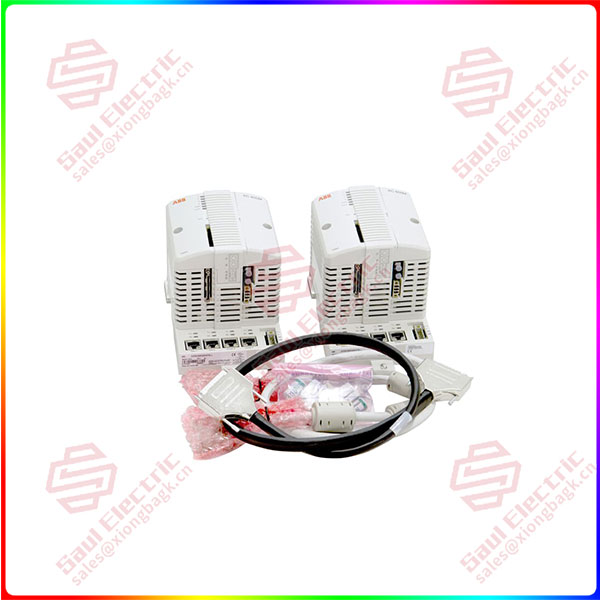Receive before payment, use how much to achieve “zero inventory”
In fact, the inventory cost of industrial enterprises is not only the commodity itself, but more from the occupation of warehousing and capital resources. A typical representative is spare parts, spare parts procurement of enterprises mainly adopt the “procurement advance” mode, that is, advance funds in advance after mass procurement in the spare parts warehouse, employees need to receive in batches, which will occupy a lot of resources. Take steel mills as an example, spare parts inventory is usually hundreds of millions.

TK851
The new generation of end-performance infrastructure such as pre-warehouse and Jinggong cabinet created by Jingdong Industry can break this inherent model. By deploying around industrial enterprises or in the factory, the pre-storage warehouse and the Jingong cabinet can become the “external spare parts warehouse” of the enterprise, and the production line can be delivered by special car or the staff can scan the code at any time when there is demand. More importantly, when the requisition is completed, the procurement and settlement process will only be triggered for the quantity of the requisition, and any storage and financial resources will not be occupied before the requisition, which is the true sense of “on-demand procurement” and “zero inventory occupation”.
At present, this model has been applied in Dessun Steel, the largest private steel enterprise in Sichuan Province, which has significantly improved the management efficiency of the two types of spare parts, auxiliary spare parts and secondary spare parts, which are the largest and occupy the highest proportion, and is expected to reduce the inventory cost of spare parts by 20%.
 1 Year Warranty
1 Year Warranty





